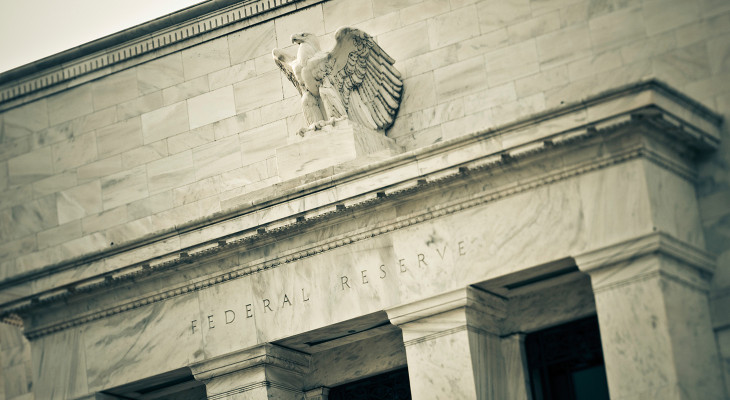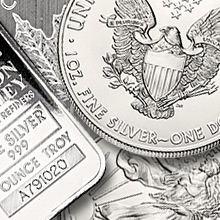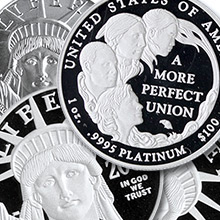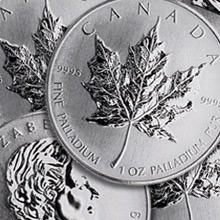
Federal Reserve Keeps Rates Unchanged, Gold & Silver Surge

|

|

|

|
Fed Decides Not to Normalize So Fast
During the winding down of quantitative easing (QE) in 2014, the Federal Reserve coupled the tapering of QE with statements of “normalization” of monetary policy. Monetary policy, the Fed Chair, Janet Yellen and other Fed officials stated often would stay “accomodative” once QE ended but that there would be a gradual increase in interest rates that would be made subject to incoming economic data.
The Fed ended its QE program in December 2014 and spent all of 2015 talking about when they might start raising rates. Finally, in December of 2015, the Fed raised interest rates a quarter of a point and indicated that they anticipated a gradual pace of interest rates increases in 2016 of about four rate hikes in total.
Yesterday, that guidance changed. After the Federal Open Market Committee Meeting yesterday the Fed indicated that not only did they not intend to raise rates at the current meeting, but that their expectations for rate hikes in 2016 had been cut in half to two.
Gold and silver which had been languishing in morning and early afternoon trade, surged nearly 2% each on the announcement and ended the day up 2.5% each. Gold closed at $1261 an ounce up $30 and silver at $15.62 an ounce up $.37 an ounce.
What Does The Fed Policy Mean For Gold?
Gold and silver rose from 2009-2011 after the financial crisis and during a period of the first two quantitative easing programs on the anticipation that QE would cause significant price inflation. QE, however, did not cause significant price inflation but had the effect of boosting stock and real estate prices. Stock and real estate prices languished for the first couple of years of QE then began to take off in late 2011 early 2012. The fortunes of gold and silver fell as the fortunes of stocks and real estate rose. Gold peaked at around $1900 in the fall of 2011 and silver at around $50 in the spring 2011. Stocks and real estate rose from 2012-2015. Stocks as measured by the Dow Jones peaked in mid 2015.
There are a few theories on why gold and silver fell dramatically off their 2011 peaks. One was they had run up too far too fast. Another was the anticipated price inflation never arrived so the need to hold gold and silver abated. Another theory involved the manipulation of gold and silver prices lower. Some posited that there was more money to be made in stocks and real estate and investible capital left gold and silver and chased stocks and real estate instead. Yet another theory argued that gold and silver don’t pay interest and that the Fed would be ending its QE programs and begin raising rates, making gold less attractive as anticipated yields on bonds rose.
The constant Fed chatter that rate hikes were coming was held like the sword of Damocles over gold and silver, driving their prices lower. The rate hike chatter has also boosted the dollar vs. other currencies. The European Central Bank (ECB) and the Bank of Japan (BOJ) instituted their own QE programs shortly after the Fed ended theirs in 2014. Both Europe and Japan now have negative interest rates.
Negative Interest Rates Boost Gold Demand
With many sovereign debt issuances offering negative yields, the knock on gold that it doesn’t pay interest seems hollow. The U.S does not have negative interest rates, but has rates close to zero. The yield on the two year U.S Treasury note was 0.8631 % yesterday; effectively no yield at all. Negative interest rates have caused at least one entity to boost its gold reserves- the world’s largest reinsurer Munich Re has said that it is adding gold to its reserves explicitly because of negative interest rates.
With U.S. inflation stirring (yesterday the U.S. Bureau of Labor Statisitcs reported that February core inflation rose 0.3%, the second month in a row with that reading), the Fed’s reluctance to raise rates in any meaningful way and the ECB and BOJ doing their own forms of QE and instituting negative rates, gold demand is expected to remain strong.
Whether increased gold demand will impact the price, remains to be seen.
This article does not necessarily reflect the explicit views of BGASC, nor should it be construed as financial advice.
